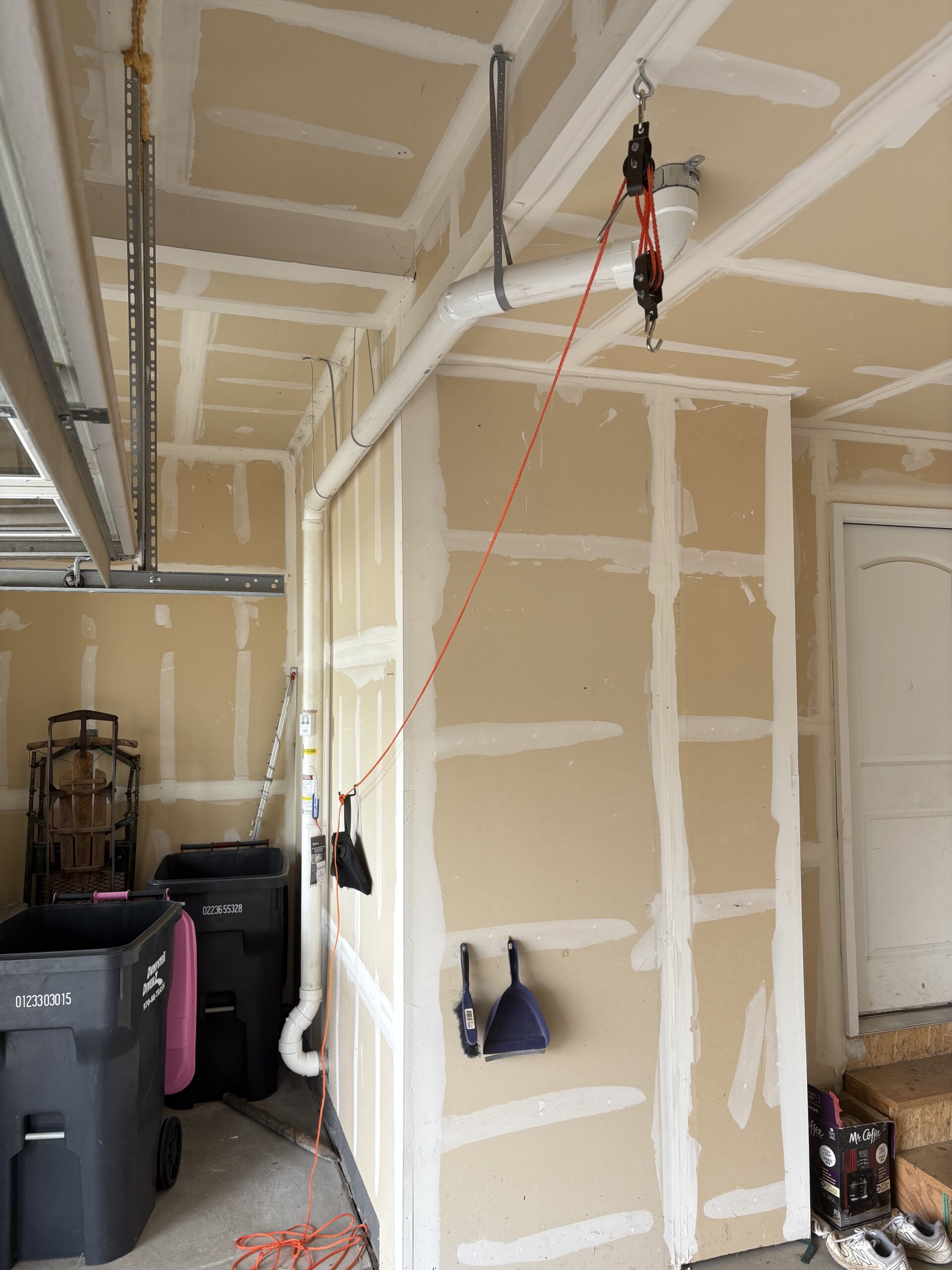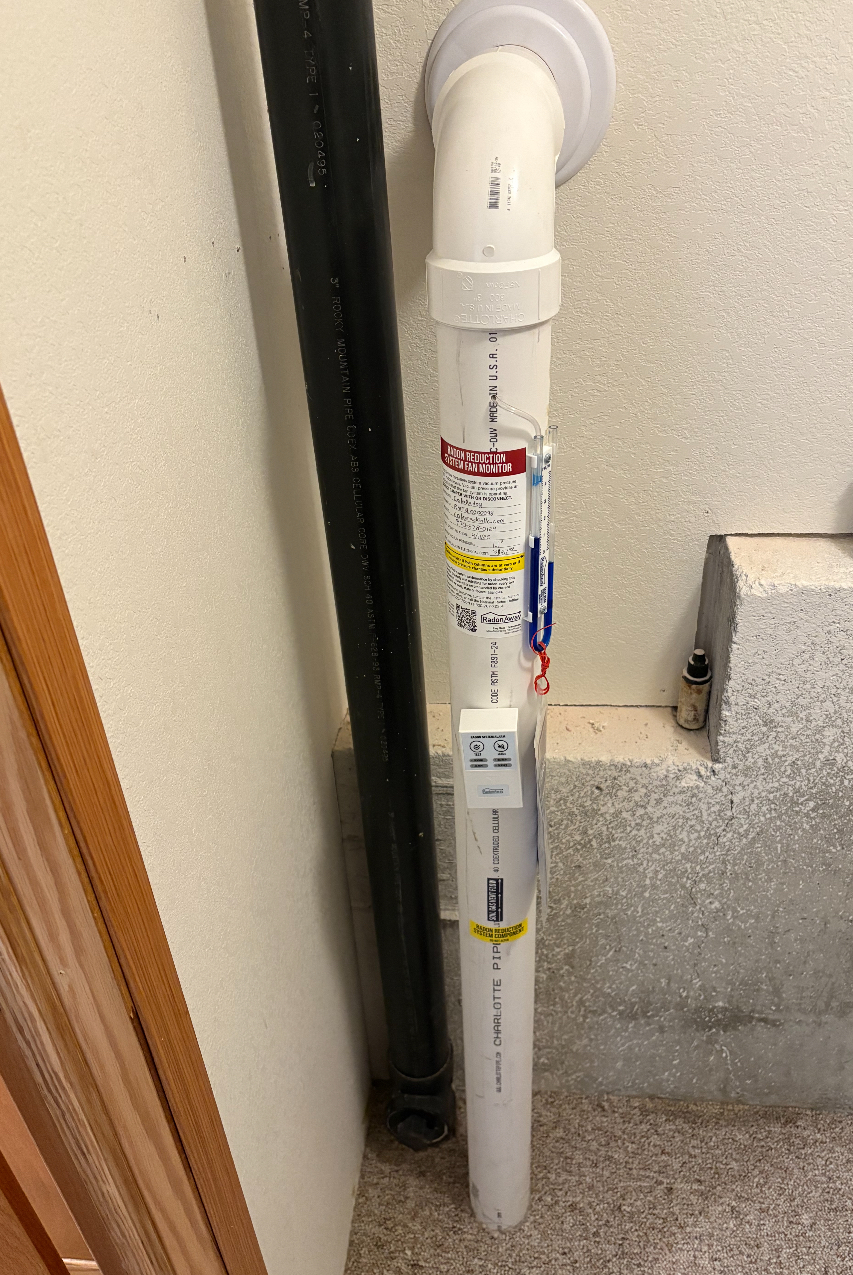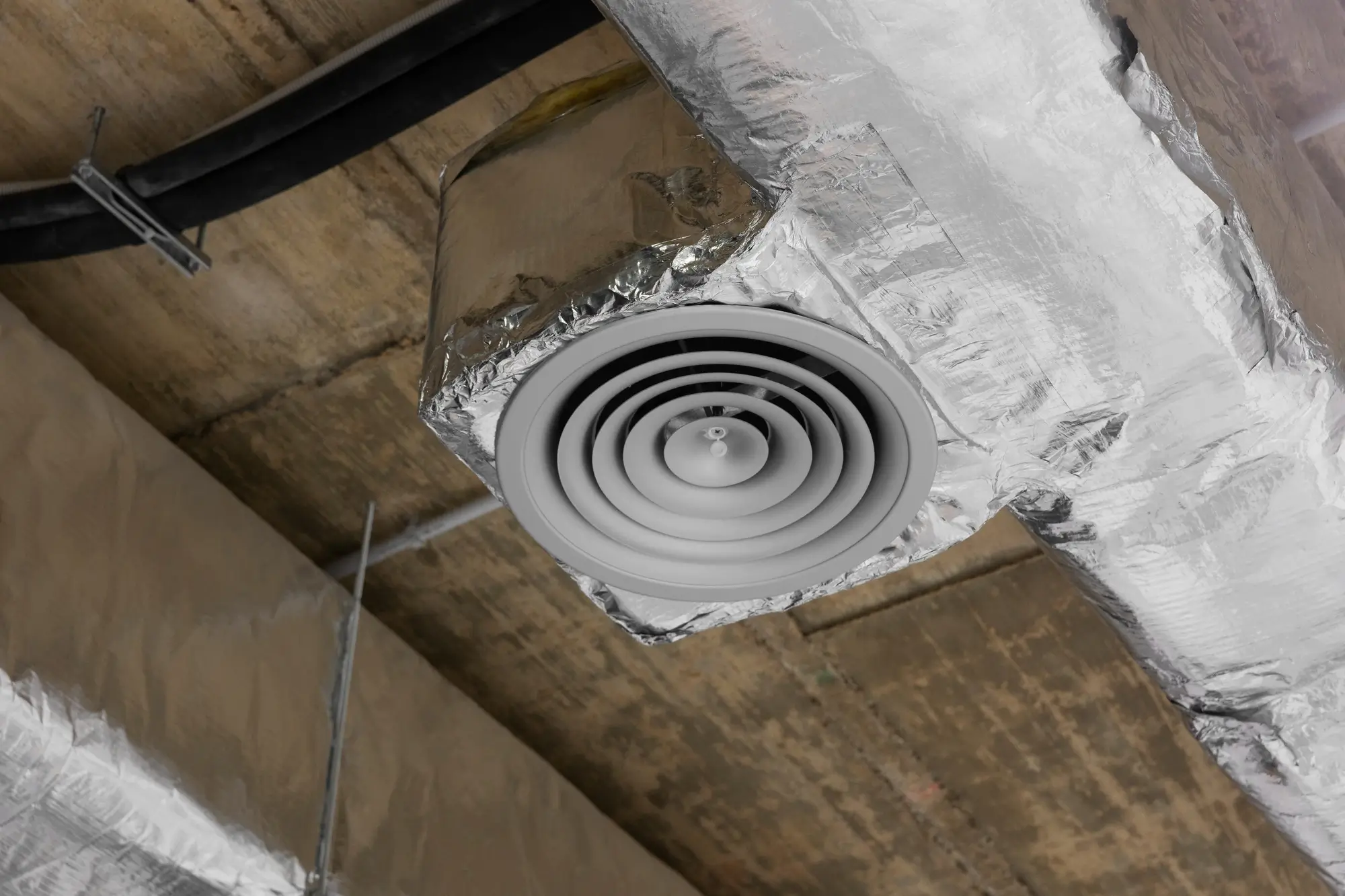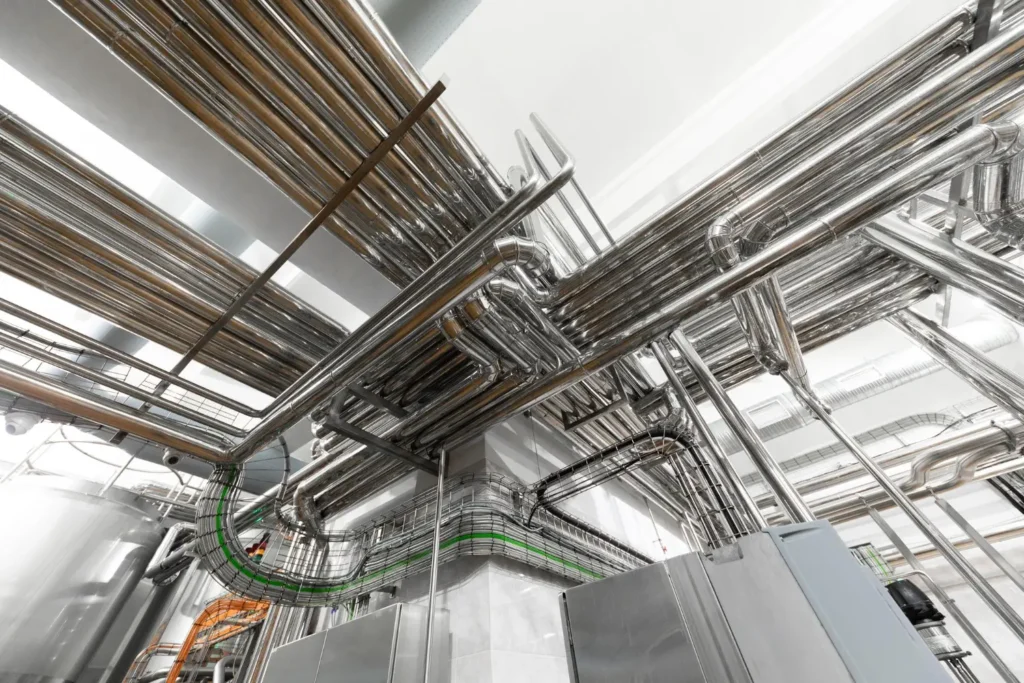Radon Mitigation
Radon Mitigation for New Construction
Building a new home is an opportunity to protect your family's health from the ground up.
While it is impossible to predict the exact level of radon a new home will have, incorporating radon mitigation services for new construction is a proactive step that can significantly reduce the risk of future problems. Our approach, often called Radon-Resistant New Construction (RRNC), seamlessly integrates a radon control system into the building’s design, ensuring a healthier living environment from the moment you move in.






The Science Behind Our Mitigation Solutions
Radon is a radioactive gas that seeps from the soil into a home through cracks and openings in the foundation. Our mitigation process works to prevent this soil gas entry. The foundation of our system is a gas-permeable layer of coarse gravel beneath the concrete foundation floor. We then install a passive radon system, which consists of a solid PVC vent pipe that runs from this gravel layer up through the house and exhausts above the roofline.
This passive system can be easily converted into a powerful active radon mitigation system by adding a quiet and energy-efficient vent fan. The fan creates a continuous vacuum beneath the slab, drawing the soil gases out and expelling them safely. This is the most effective way to ensure radon removal, especially in areas with high radon potential.
Key Components Of Our New Construction Mitigation Include

Sub-Slab Preparation
A 4-inch gravel layer or soil-gas collection mat creates airflow beneath the slab, topped with a heavy-duty vapor retarder sealed to the foundation walls


Radon Venting System
A solid PVC ventilation pipe is installed from beneath the slab through the home and out the roof, with an electrical junction box ready for a future vent fan if needed


Sealing for Maximum Protection
All potential entry points, including slab cracks, joints, and utility openings, are sealed with durable caulking materials for long-term effectiveness.

Benefits of Mitigating During Construction
Incorporating a radon system during the building phase offers several advantages over retrofitting a finished home:

Cost-Effective & Seamless Installation
Installing a passive radon system during construction is more affordable and allows components to be integrated before walls and foundations are finished.

Improved Aesthetics & Home Value
Vent pipes can be concealed within walls, preserving the home’s design while also boosting marketability with radon-resistant features.

Proactive Health Protection
Colorado radon mitigation for new construction helps reduce exposure risks from the start, supporting long-term health and meeting growing public health recommendations.
Frequently Asked Questions – Commercial Radon Services
1. Do I need to test for radon even if a passive system is installed?
Yes, testing for radon after the home is built and occupied is essential. The test will confirm that the passive system is working effectively and that radon levels are within a safe range.
2. Is it difficult to activate a passive system if needed?
No, our passive systems are designed for easy activation. If a post-construction test shows high levels, a radon fan can be easily installed and connected to the pre-wired junction box, transforming the system into an active one.
3. How does a passive system work without a fan?
A passive system relies on the stack effect, which uses natural air pressure differences to draw soil gases up the vent pipe and out of the home. However, its effectiveness is limited, which is why testing is so important.
4. What is the benefit of a professional installation for new construction?
Our certified radon professional will ensure all building site requirements and codes are met. We have been through RRNC Training and are certified by organizations like the National Radon Proficiency Program (NRPP) and the National Radon Safety Board (NRSB), so you can be confident in the installation quality.
Testimonials
What Our Clients Say?
Trustindex verifies that the original source of the review is Google. Very easy to work with, and very professional.Trustindex verifies that the original source of the review is Google. Kent and the folks at ColoRadon are awesome!! I have an old house (1920) that posed a few mitigation challenges. The ColoRadon guys were able to expertly solve for those challenges, and successfully mitigate the radon in our home, sweet home!Trustindex verifies that the original source of the review is Google. Kent and his employee Kevin are exceptional. They listened to our concerns and devised a plan that would work for us. Our radon measured 40.0 - 41.0 which was unbelievable to me but that was the results of our mail in test. After Kent installed the mitigation system our test came back at 2.9. I cannot even tell you how happy this made me. Thanks to Kent and his thinking outside the box he made a system that worked! Kent also installed a radon mitigation system in another one of my homes two years ago and it's working fabulously. I highly recommend ColoRadon. Barbara HarrisTrustindex verifies that the original source of the review is Google. We were in the middle of moving in our new house and Kent with Colorado Randon made everything so simple, it seemed like so many other things kept going sideways and anything that had to do with his tasks got done amazingly! Thanks for being on time with all of your services and even going out of the way to serve us in our Radon needs. I appreciate everyone I talked to and worked on our system, professional, and top quality services with great pricing! I absolutely will recommend Kent and this company to everyone.Trustindex verifies that the original source of the review is Google. We’ve worked with Kent several times, always a pleasure! He’s tested for radon and installed radon mitigation systems for us a few times. We won’t go anywhere else - highly recommend!Trustindex verifies that the original source of the review is Google. Kent is wonderful! He responded to my request for service super quick and was at our house the following day for a consultation. He was knowledgeable and professional. He answered all of our questions and provided us with a quote on the spot. He installed our mitigation system in a timely fashion and left our space cleaner than he found it. I highly recommend ColoRadon for your radon mitigation needs! Thank you Kent! :)Trustindex verifies that the original source of the review is Google. Kent did an amazing job. He did a great job communicating when he was going to be late. He was professional, courteous and cleaned up after himself. He was very thorough in explaining the process and the test after the installation.Trustindex verifies that the original source of the review is Google. We were referred to Kent thru our realtor when we moved to Colorado. Kent was awesome to deal with while we still lived out of state. He checked in when we arrived to complete a 2nd test after our radon mitigation installation. He was awesome to work with and easy to get ahold of!Trustindex verifies that the original source of the review is Google. Kent has worked on my home in other capacities in the past, but with ColoRadon, he removed a pigeon infestation and added netting around my solar panels on a roof that I was not equipped to deal with. He was responsive in scheduling, as always, did great work, cleaned up the huge mess it made and came in under budget. Can’t recommend him more if you need handyman work or radon work done! (He did radon mitigation, mold mitigation, and roof repair on my last home).Trustindex verifies that the original source of the review is Google. Great service, Kent is there when he says he will be, performs the work needed efficiently - cleans up after. Stays in contact thru the entire process. Highly recommended! He genuinely cares about resolving any radon issues.

Get In Touch
Build a Foundation of Health and Safety
Don’t leave your new home’s indoor air quality to chance. By choosing ColoRadon for your new construction radon mitigation needs, you are investing in a healthier future for your family. Our certified professionals will ensure your home is built with the highest standards of radon control techniques, giving you confidence in your new property.
Contact ColoRadon today to discuss your new construction project and integrate a quality radon system from the beginning.
